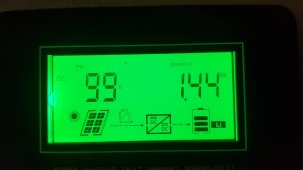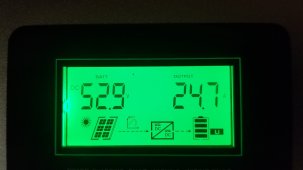I suppose other OCD folks might follow the manual’s instructions, they appear to be using a different BMS and as with most of this Chinese stuff no detailed manual but there might be a reason for ID1 being used in a multiple battery bank system instead of starting with ID2.Is there any reason to prefer ID 0 ?
Seems like the problem is already solved with sequential numbering. As preferred by OCD folks. ?
Given the problem getting the usual daisy chained RS485 ports to work I would have at least tried setting one bank to ID1 to see if that made a difference




